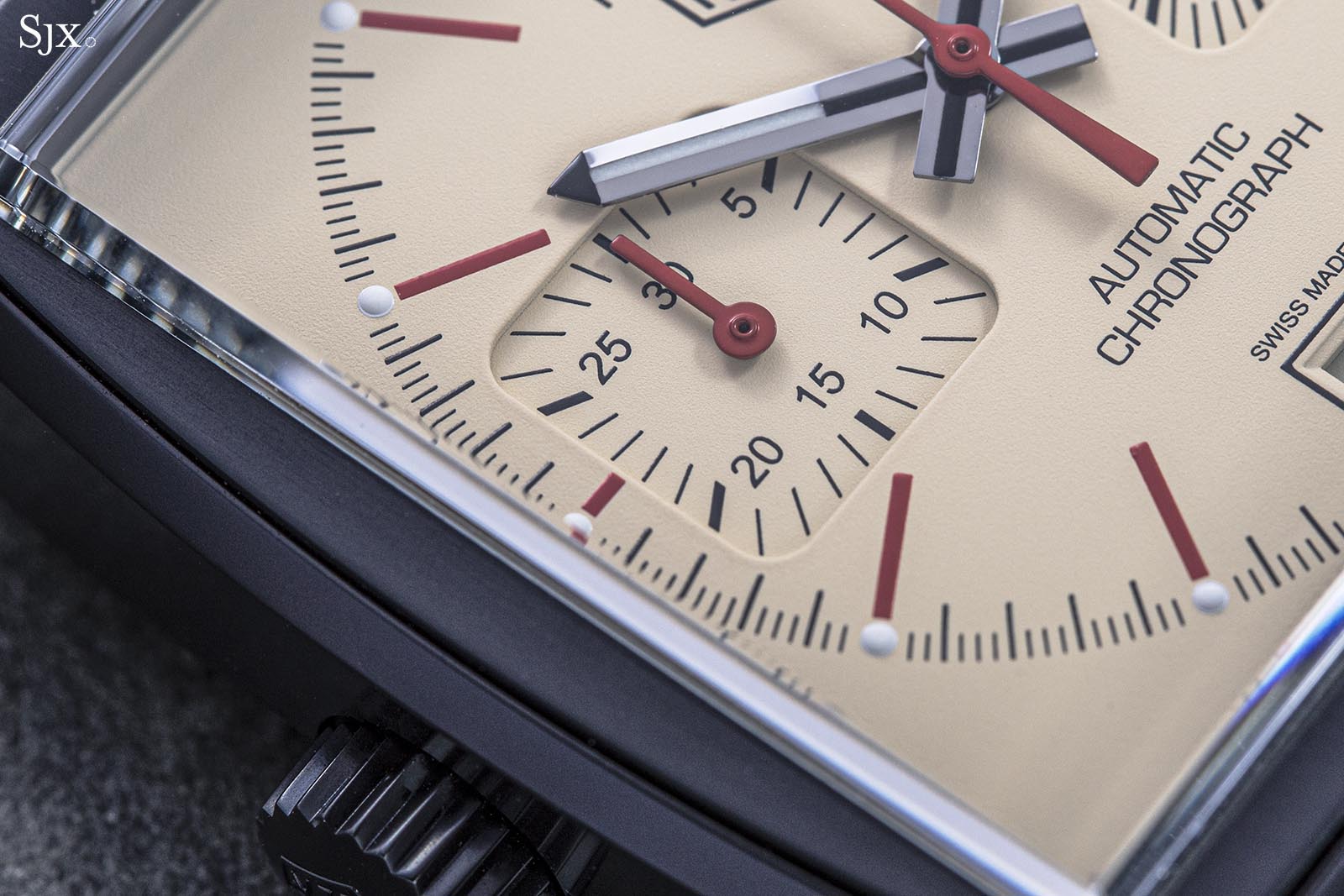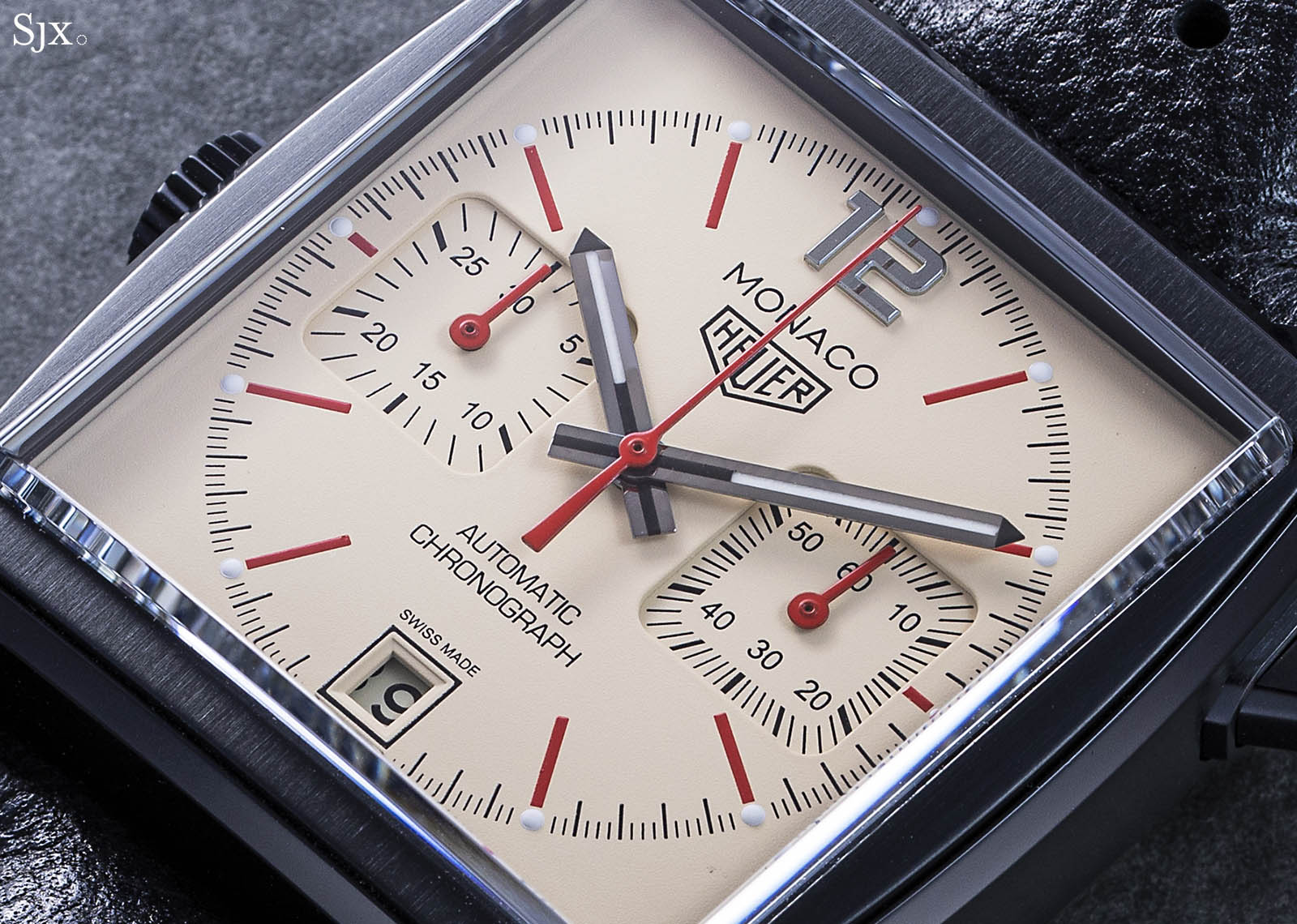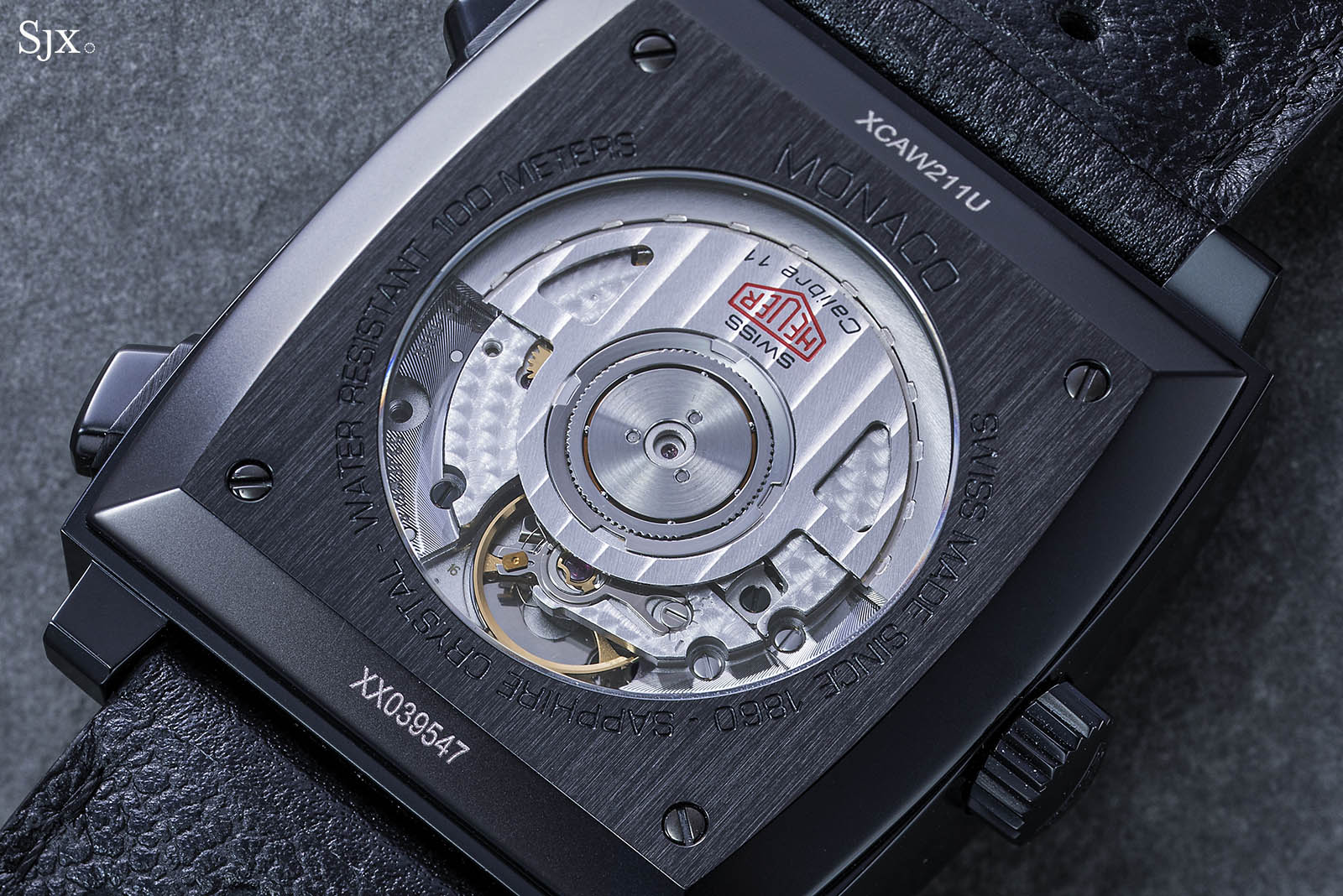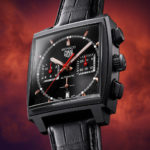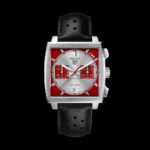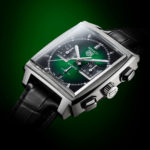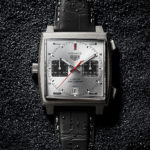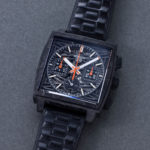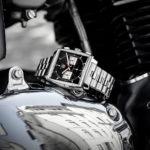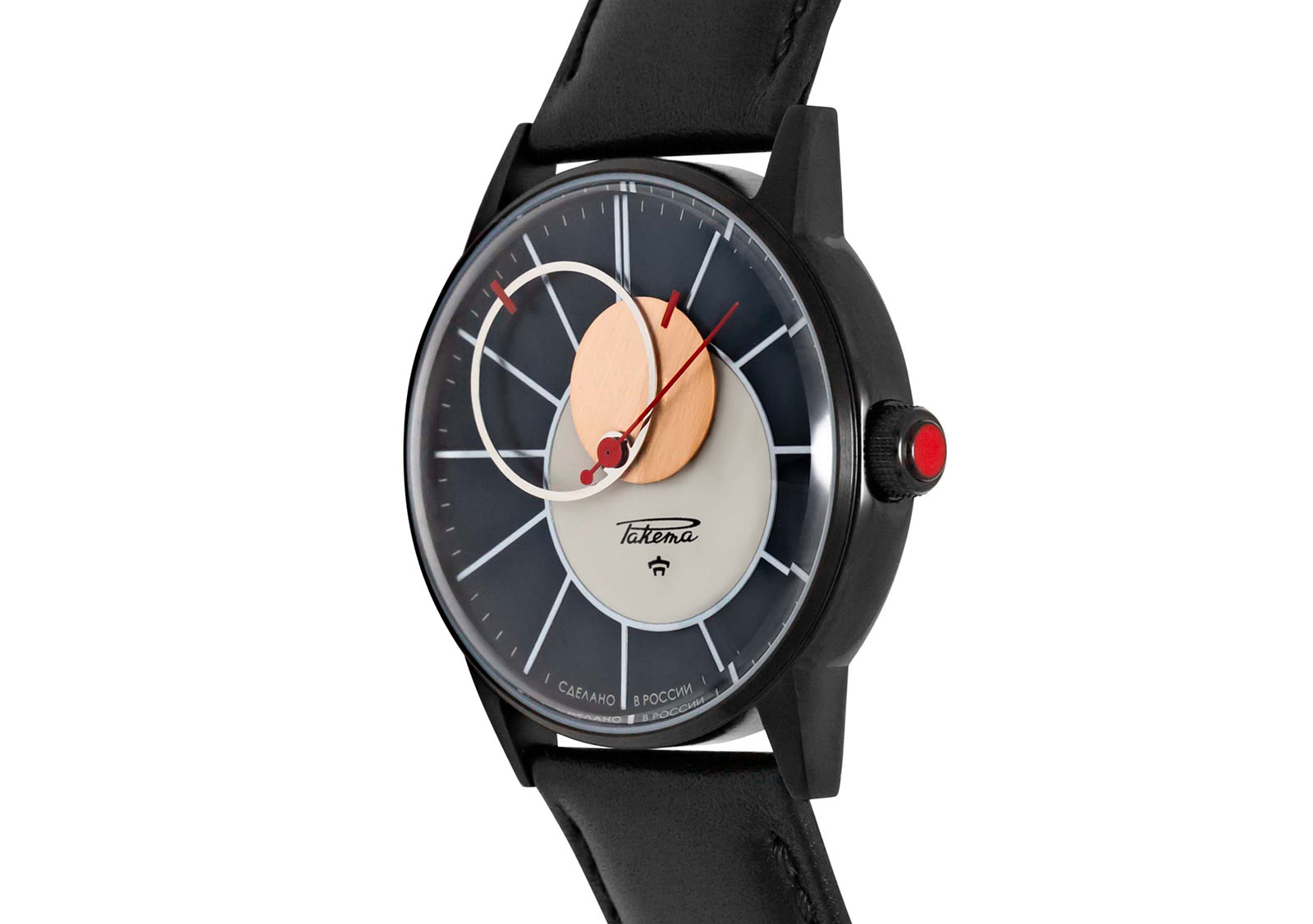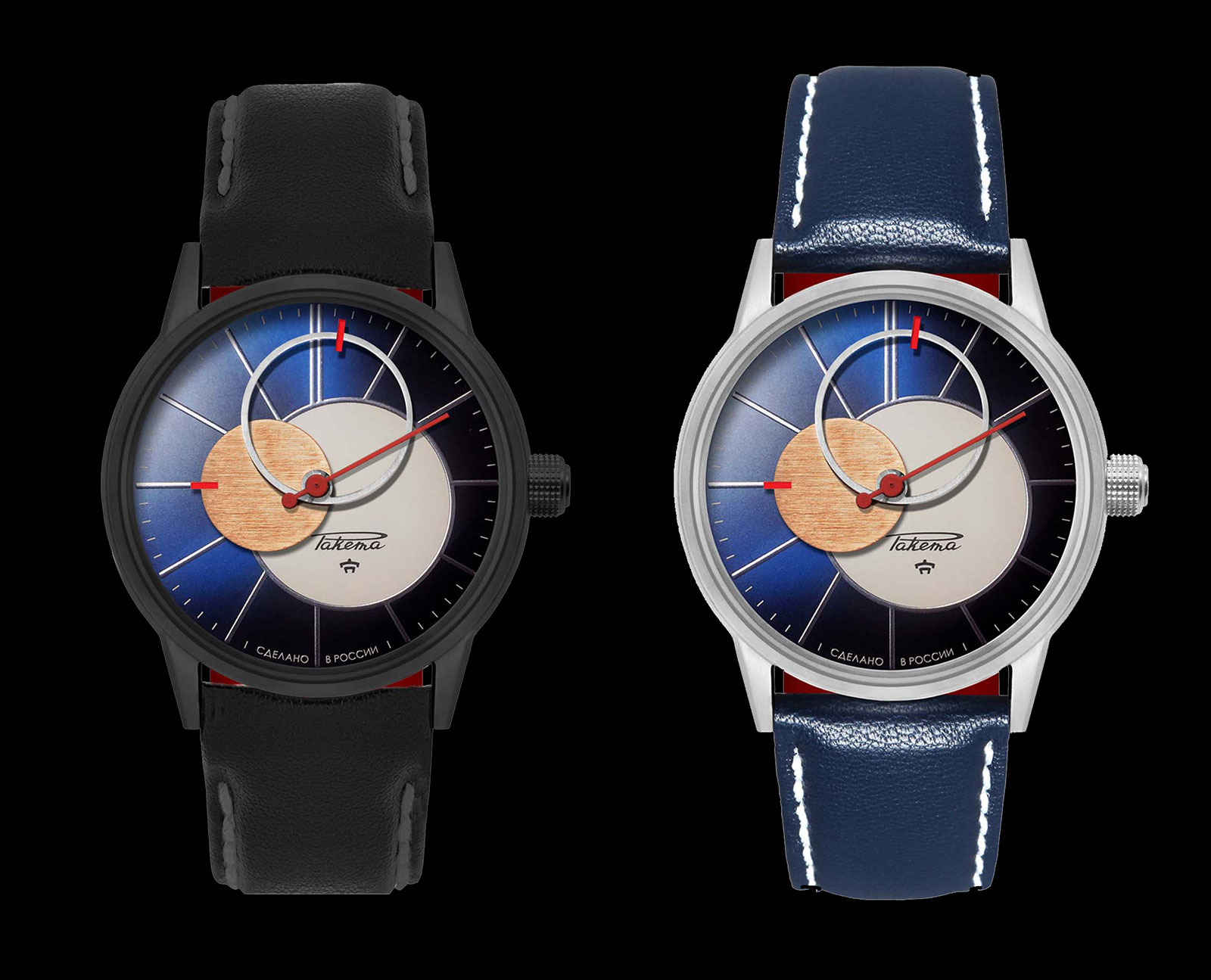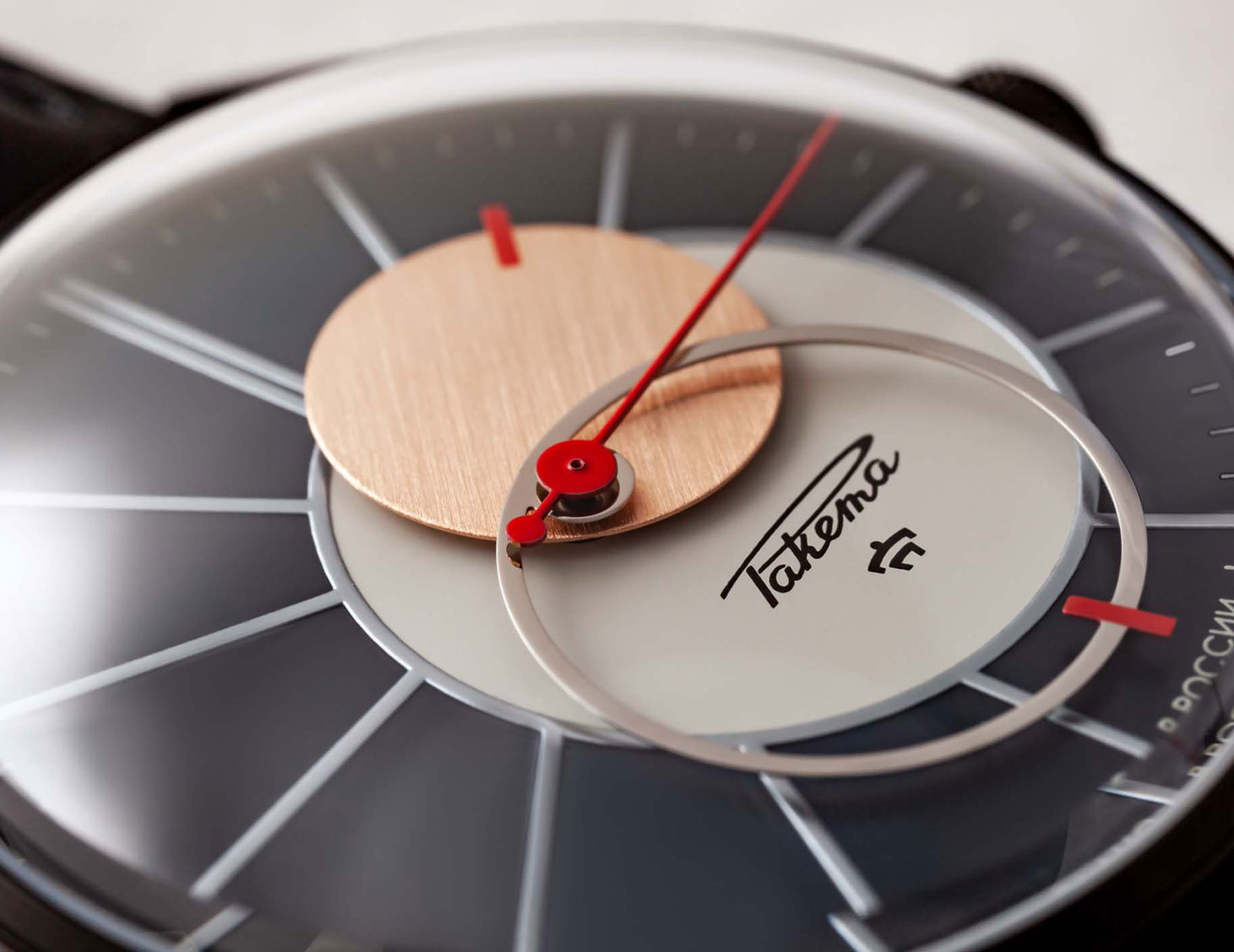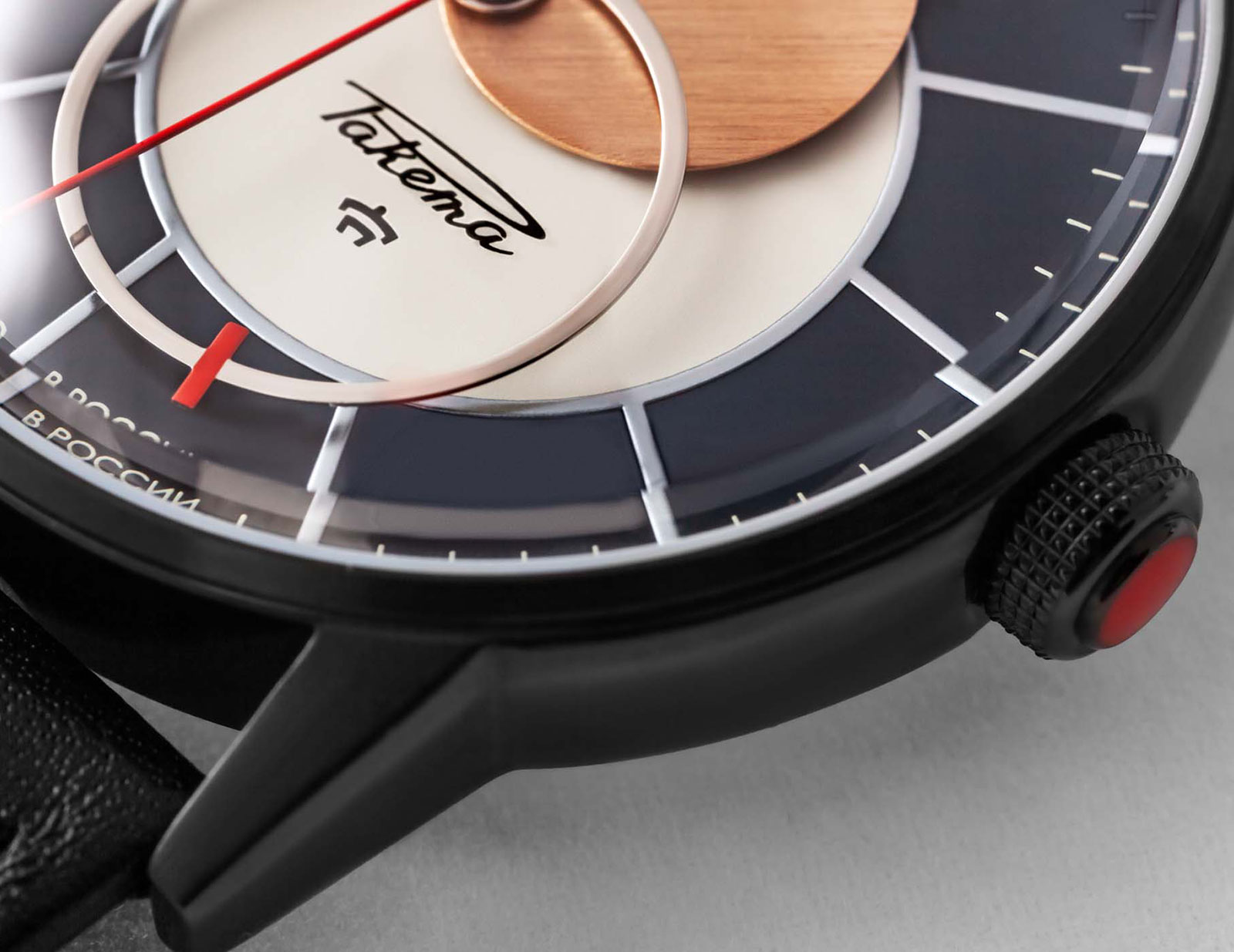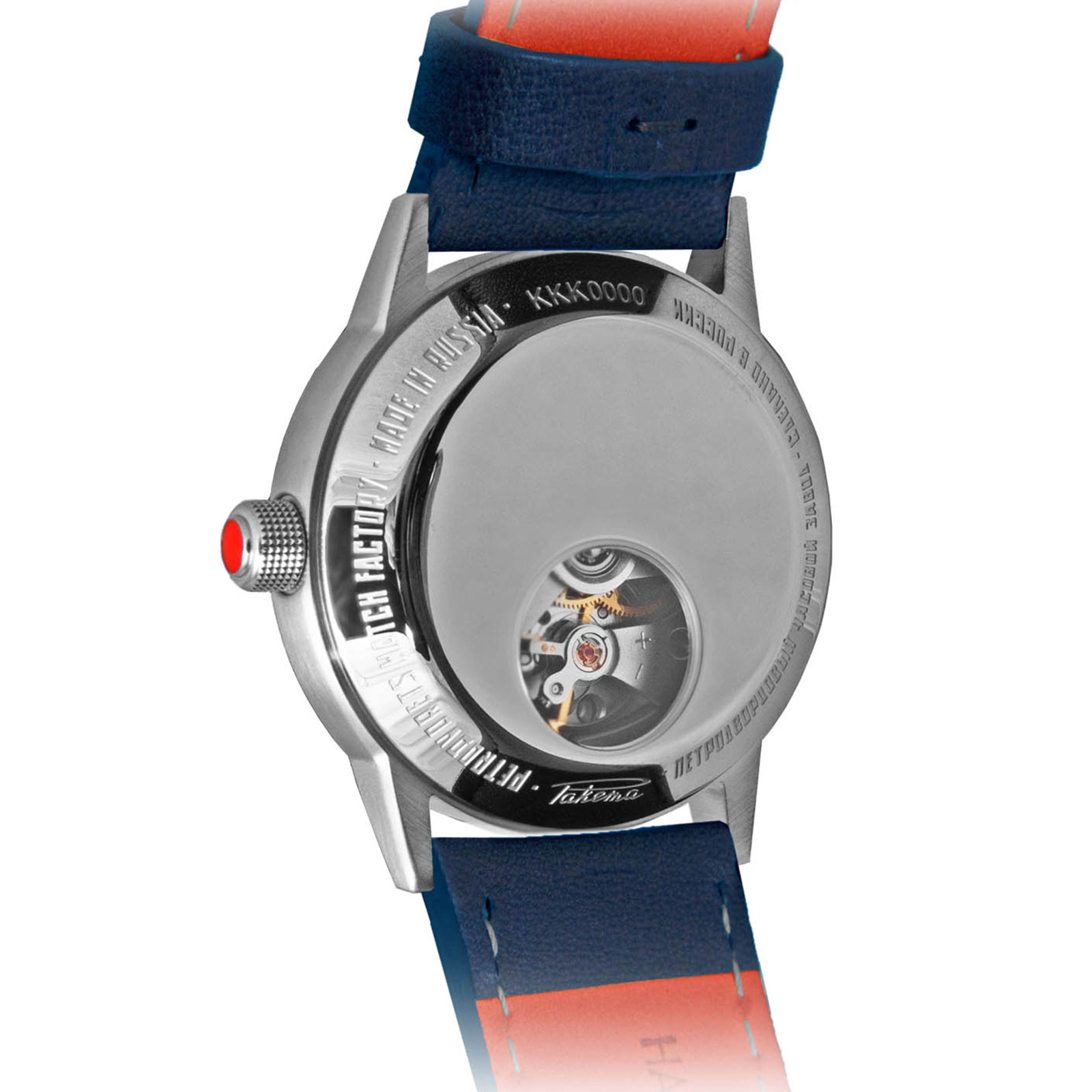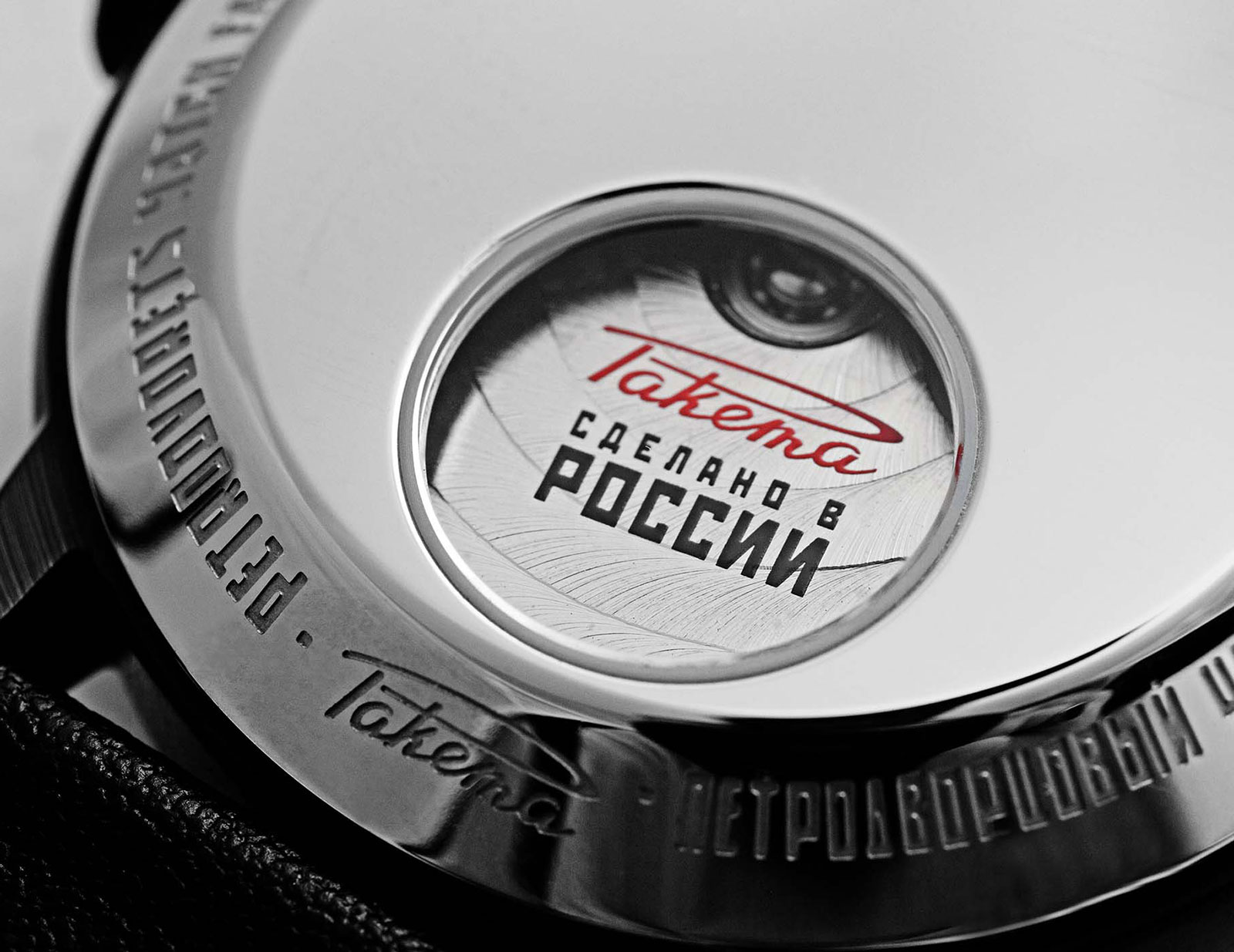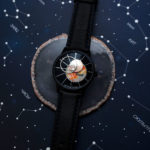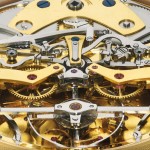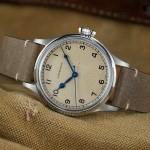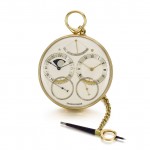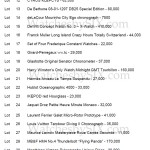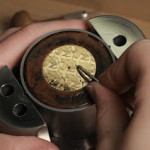Hands-On: TAG Heuer Monaco “The Hour Glass” – The Dark Lord Revived
Blending the past and present.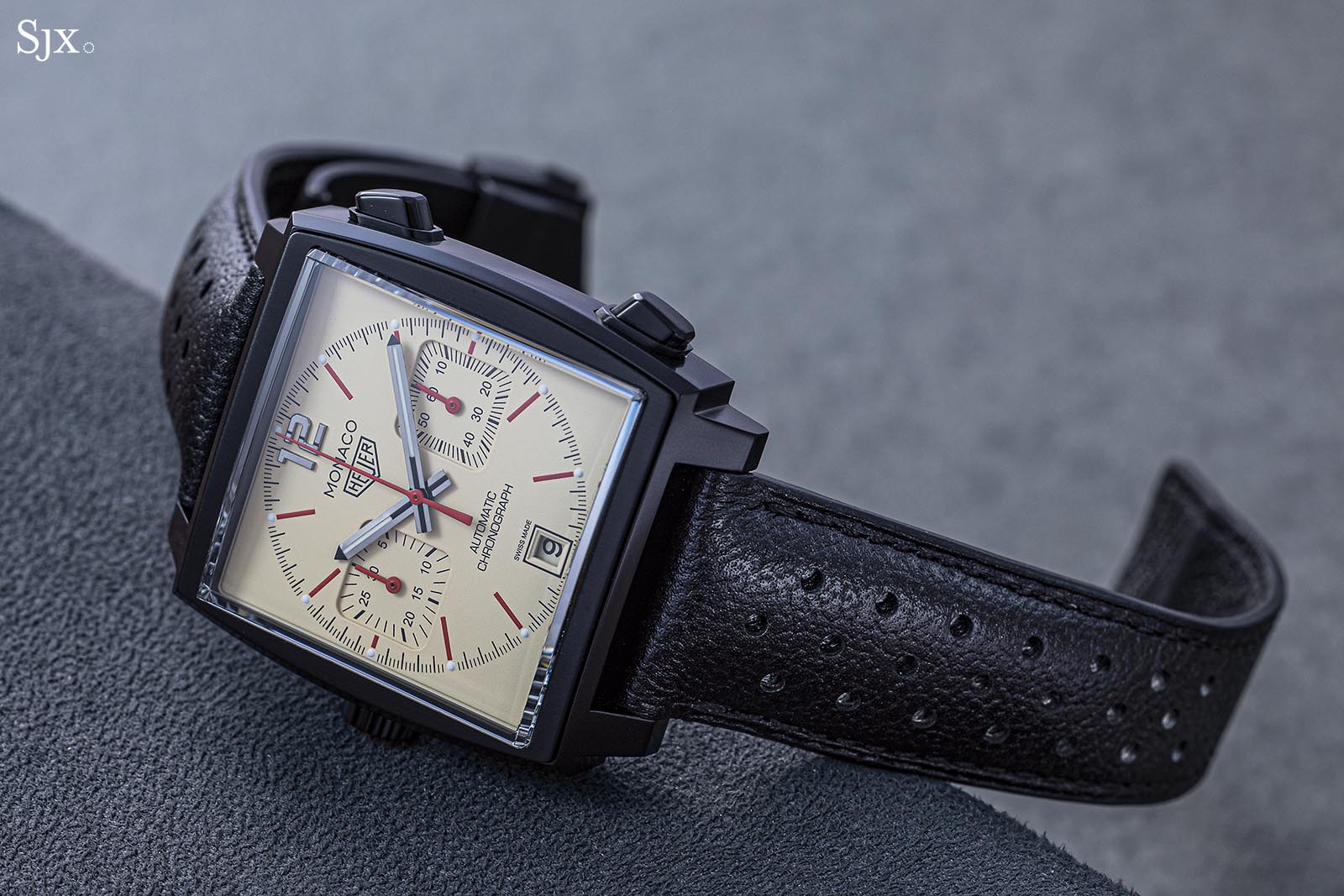
The latest anniversary edition for Singapore’s largest watch retailer has just dropped: the Monaco “The Hour Glass” is derived from the Monaco Calibre 11 launched at Baselworld 2015.
But it combines the style of the 1970s with a modern twist, mixing a high-contrast, all-black case paired with a beige dial and red accents. Think of it as a modern take on the desirable Monaco “Dark Lord”.
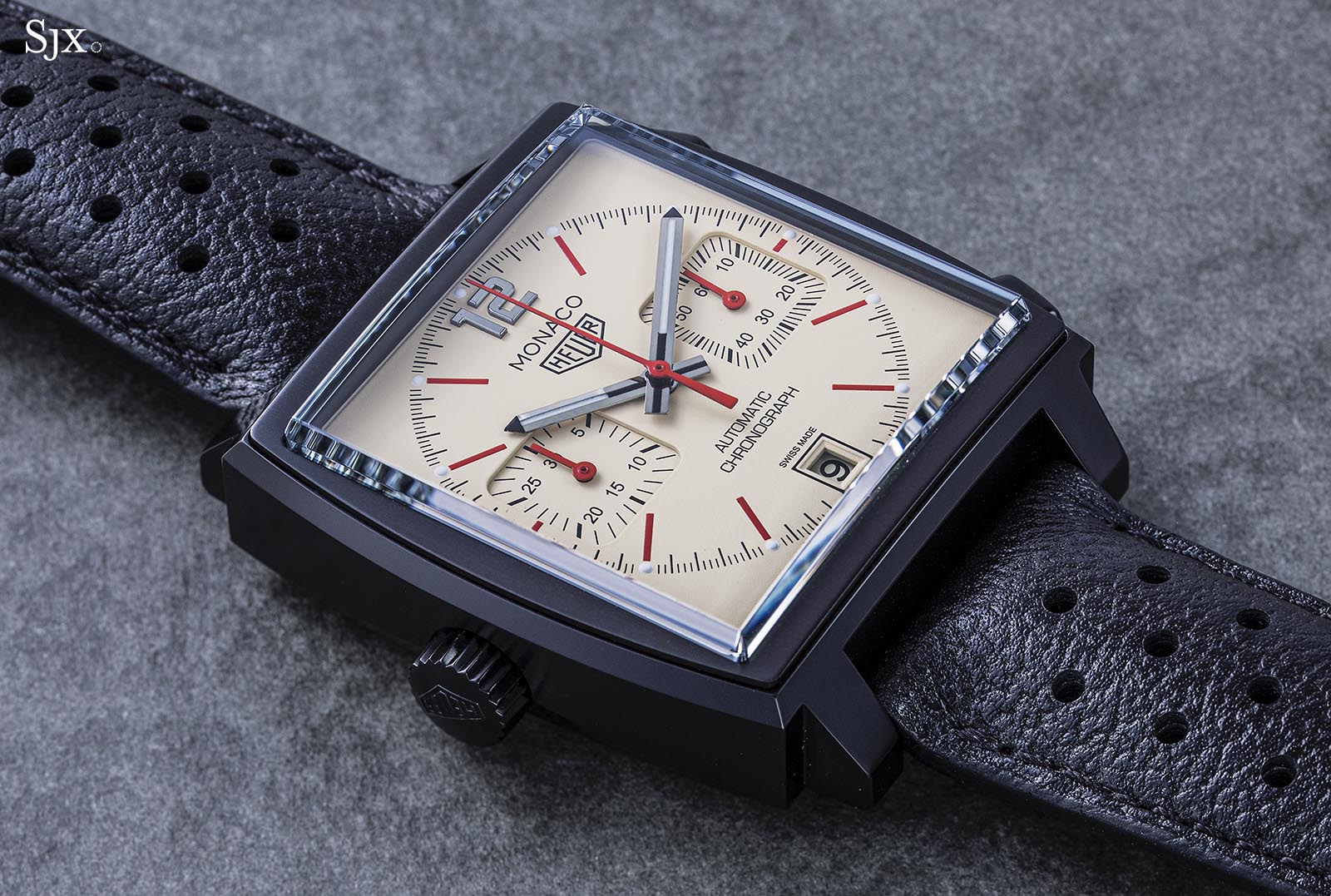
Unapologetically square
Designed by Jack Heuer and named after the Formula 1 race on the principality, the Monaco was powered by the one of the first automatic chronograph movements, the Chronomatic cal. 11. But its true claim to fame is Steve McQueen, who wore one in Le Mans, making the original Monaco ref. 1133B with its distinctive blue dial something of an icon.

Steven McQueen in Le Mans
More crucially, the Monaco was the first water-resistant square watch when it was launched on March 3, 1969. This was achieved with the use of a one-piece inner case – essentially a square capsule containing the movement and dial – secured to the outer case with a notched system that created a tension seal. It was produced by Ervin Piquerez, a case maker best known for its “Super Compressor” dive watch cases, which received a patent for its landmark, square invention.
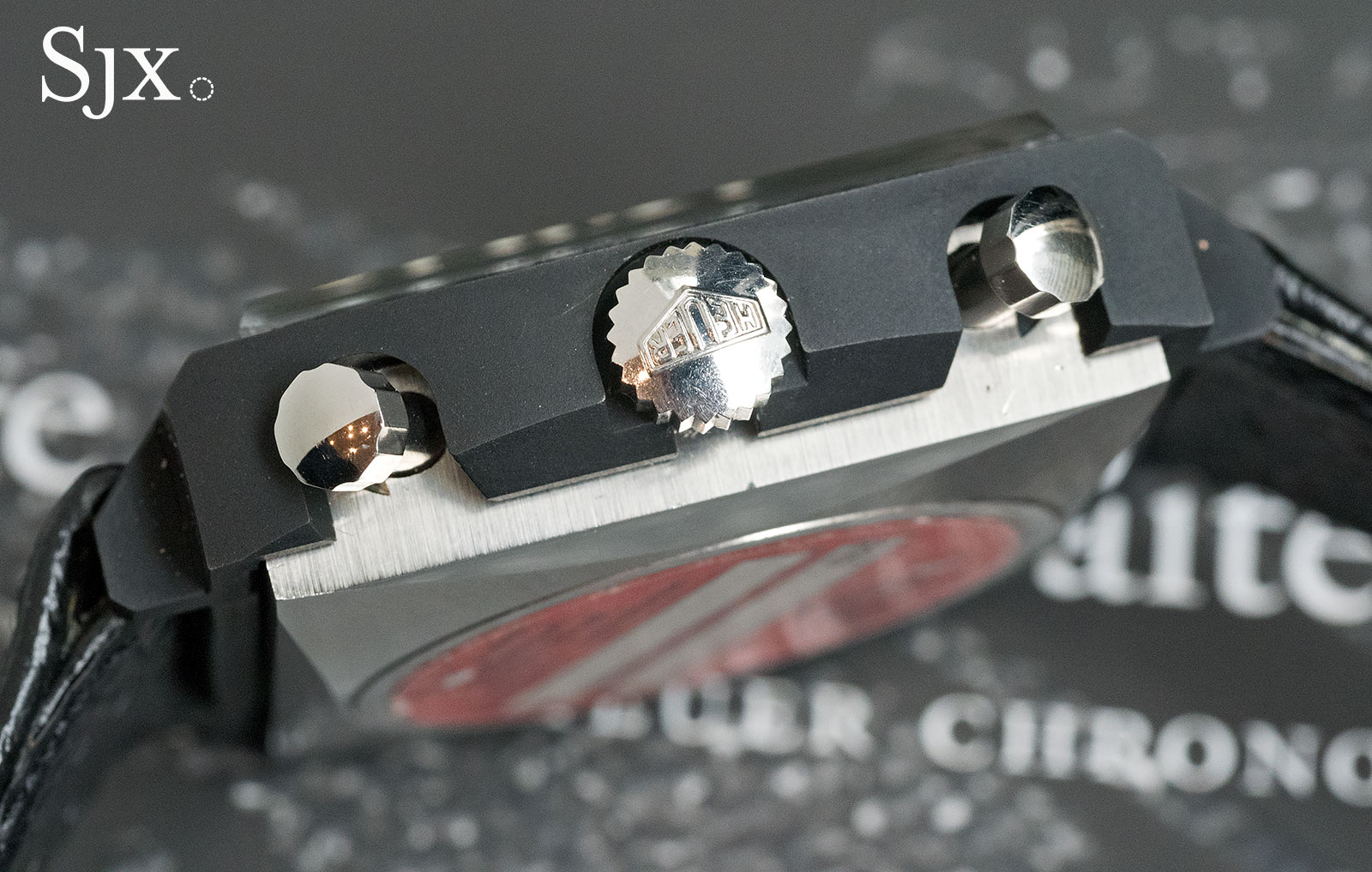
The unusual Monaco case as illustrated by a “Dark Lord” – outer case in black PVD, and inner case in brushed steel
And inside the case sat the Chronomatic cal. 11, a movement that was one of three automatic chronograph calibres launched in 1969, all of which claim to be the first self-winding chronograph movement; the other two were the Zenith El Primero and Seiko 6139. The nine o’clock placement of the crown on the vintage Monaco is one of the defining characteristics of the Chronomatic.
Technology aside, the Monaco was ahead of the curve in terms of design; it was an embodiment of the bold, expressive styles of the 1970s, with a square case, blue dial and blocky hands. And for that reason it wasn’t exactly a bestseller.
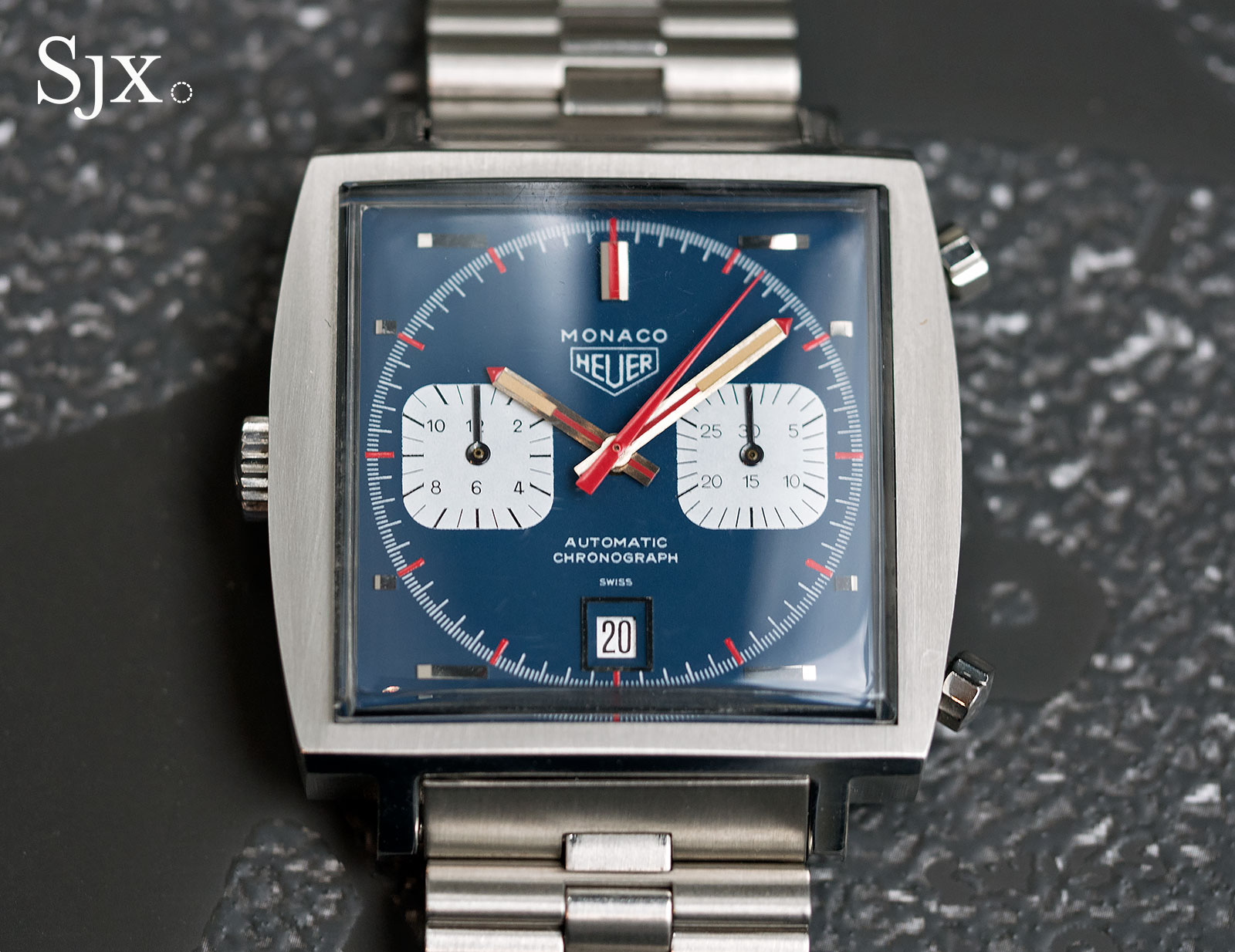
The vintage Monaco ref. 1133B
A vintage legend
And that brings us to the Monaco “Dark Lord”. Introduced in 1974, the all-black Monaco was reputedly an experiment to boost sales of the square chronograph. Heuer was among the earliest brands to experiment with PVD-treated cases, and the Monaco received an all-black facelift, along with the Autavia and Carrera.
But unlike the signature Monaco ref. 1133B, the Monaco ref. 74033N – nicknamed “Dark Lord” by collectors – was powered by a hand-wound Valjoux 7740, hence its conventionally-positioned crown at three o’clock.
Perhaps 100-200 examples of Monaco “Dark Lord” were produced, and because PVD coatings of that period are fragile, most of them are in poor condition. So good specimens are amongst the most valuable Heuer watches – one sold at Phillips in 2017 for just over US$50,000.
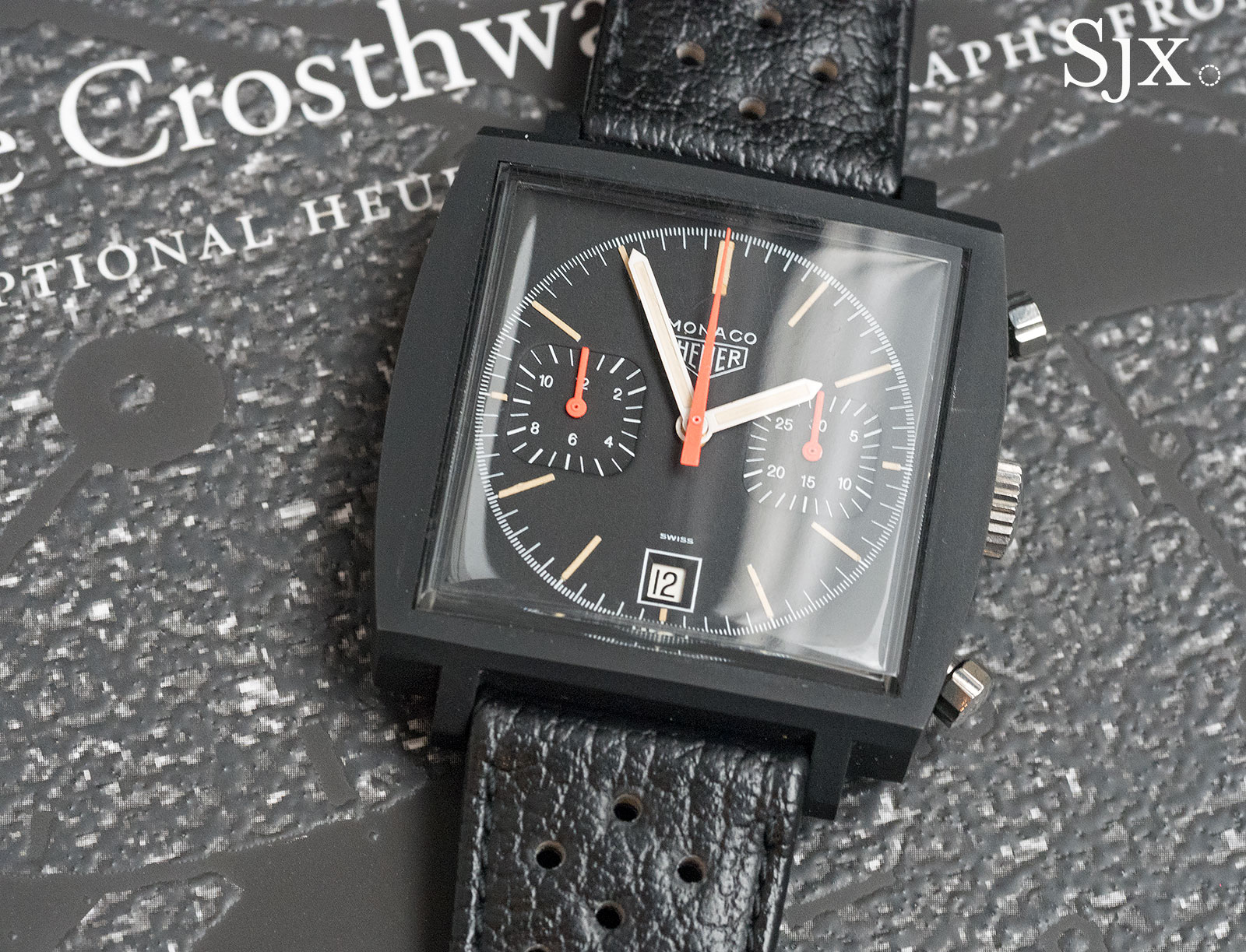
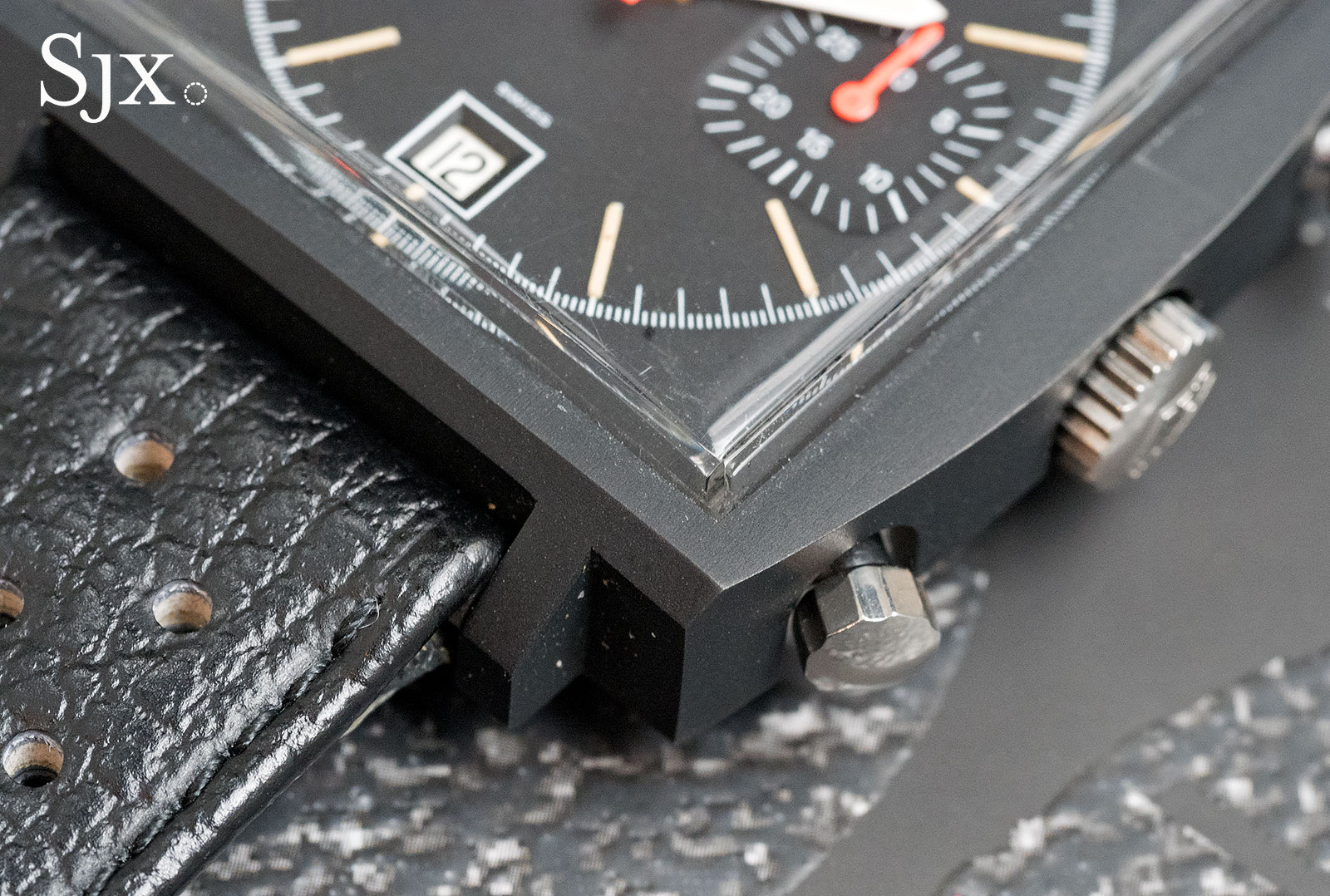
A vintage “Dark Lord”
The modern-day “Dark Lord”
While initially looking a bit odd because of the black-and-beige combination, especially for someone familiar with the “Dark Lord”, this Monaco grows on you. It’s retro – the beige dial is reminiscent of vintage watches – but not exactly, and very striking on the wrist.
Like the contemporary Monaco watches since 1998, the case of The Hour Glass edition is conventionally constructed. It’s composed of three parts – bezel, middle and back – as opposed to two in the original, and is depth rated to 100m. But the 39mm case preserves the look of the original very well, albeit with refinements like more streamlined lugs and pushers.
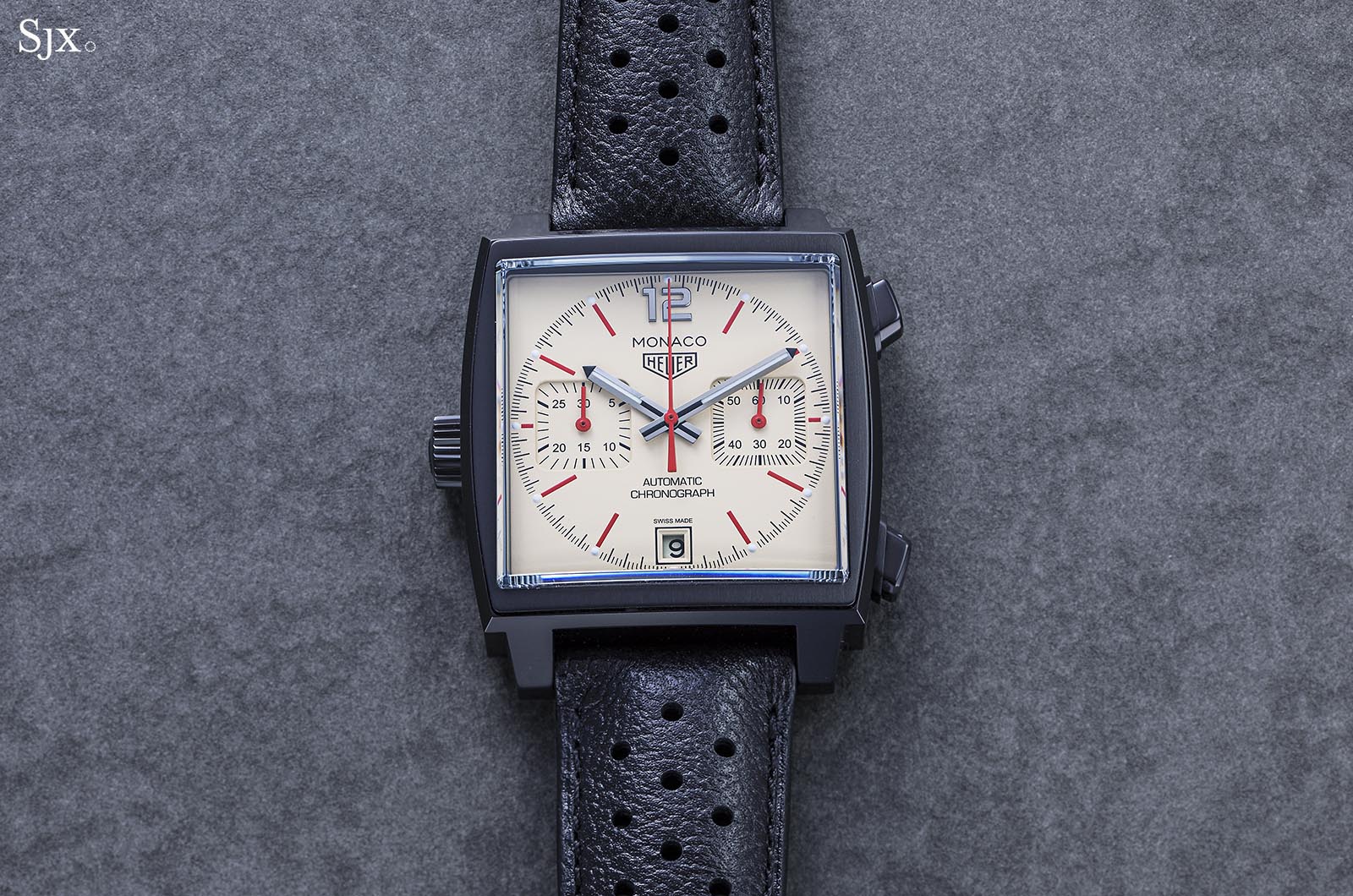
The case is black-coated with what is either a diamond-like carbon (DLC) or ceramic layer, the norm for such watch cases. The black coating is slightly glossy, and also shows the surface of the metal below, which is a brushed finish in this case. Consequently it has a different look from the flat black finish on the vintage “Dark Lord”.
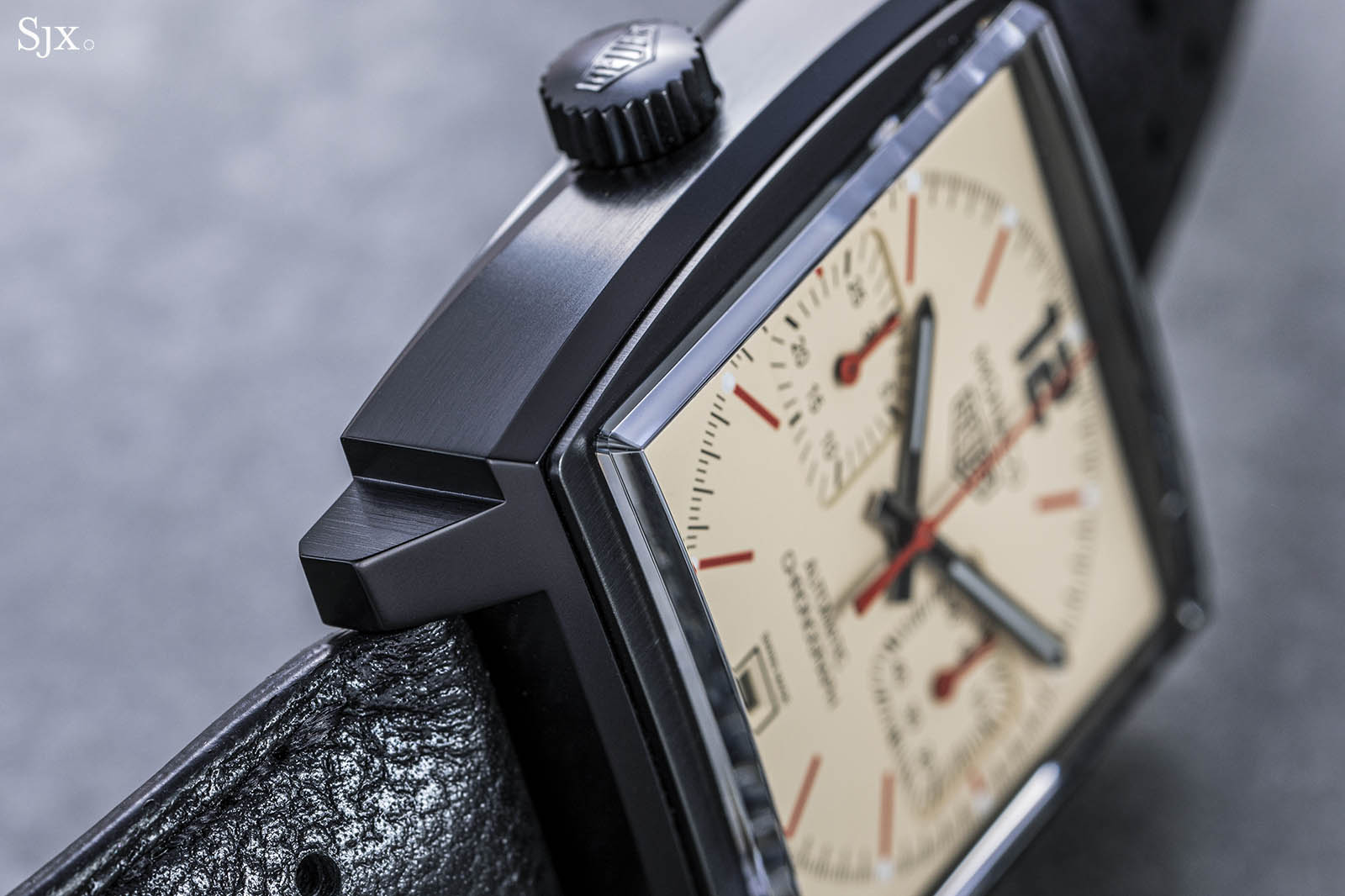
The Monaco for The Hour Glass is the only recent Monaco with a black-coated case. The last all-black Monaco was launched in 2013 as a limited edition for Automobile Club de Monaco (the ref. CAW211M.FC6324), and the more recent Bamford Watch Department edition was all-black but had a case made of carbon composite.
Notably, the case is topped by a square sapphire crystal with elaborately beveled edges, much like the shape of the mineral crystal on the original. The curve of the sapphire crystal conforms to the case – a quality that is costly to achieve as compared to a regular inset crystal.
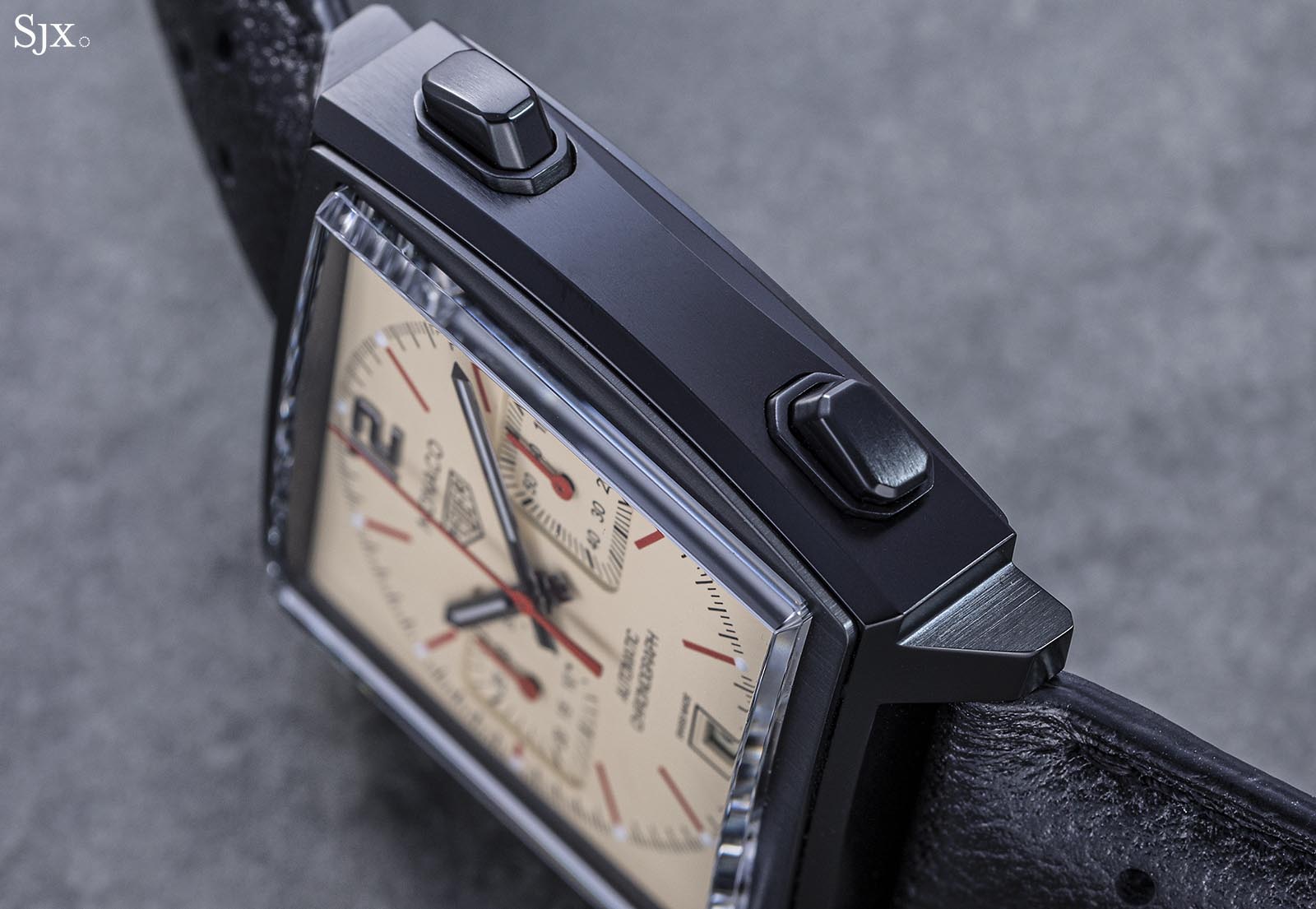
The Hour Glass edition also retains the signature left-side crown and pushers on the opposite side of the case, a quirk that originated with the Chronomatic movement.
Back in the day, the inverted crown position was a conceit meant to indicate the pioneering automatic movement need not be wound, making the crown a secondary function.
And here the black case is paired with a beige dial – a striking combination of colours. Evoking vintage watches but not a vintage Monaco, the matte, grained beige dial features a circular minute track with “lume” plots at the tip of the hour markers, which are blood red. The chronograph hands are also the same shade of red, creating a remarkable contrast.
The dial features elongated baton markers, which are pretty much conventional, and more unusually, an applied “12”. The “12” is large, oversized even, and marks this out a modern watch.
And it’s worth noting the date disc is off-white, matching the colour of the dial quite closely.
Caliber 11
Inside is a modern take on the historic Chromatic Calibre 11 that was developed by a consortium of Breitling, Heuer and Buren.
The Chromatic movement was actually a Buren micro-rotor movement with a lever-and-cam Dubois-Dépraz chronograph module on the back, so it is perhaps appropriate the modern day equivalent is a modular construction as well.
Today’s Caliber 11 is a functional and robust combination: a Sellita SW300 with a Dubois-Dépraz 2006 chronograph module on top.
Because the chronograph mechanism is under the dial, it cannot be seen from the back; the distinctive rotor of the SW300 (which is a clone of the ETA 2892) is the giveaway as to the movement inside.
And as expected for this movement, in this price category, the calibre has been dressed up is done to a fair standard. It features basic decorations such as Geneva stripes and perlage, all done by machine but attractive enough for this segment.
Concluding thoughts
Priced at just over US$6500, the Monaco “The Hour Glass” is priced fairly, both in terms of what it is, and also relative to the competition. And important, it is also well-priced compared to the immediate substitute – a Monaco customised by Bamford costs about a third more.
As Monaco watches go – and there have been many iterations over the years – this edition offers an unusual design that is striking and retro without being a one-for-one remake. When paired with a black case, the combination is jarring yet oddly appealing.
Key facts
Diameter: 39mm
Material: Black-coated steel case
Water resistance: 100m
Movement: Caliber 11
Functions: Hours, minutes and seconds; chronograph; date
Frequency: 28,800bph, or 4Hz
Power reserve: 40 hours
Winding: Automatic
Strap: Perforated black calf skin strap with black-coated folding clasp
Price and availability
The TAG Heuer Monaco “The Hour Glass” (ref. CAW211U.FC6356) is limited to 50 pieces and is priced at 9,000 Singapore dollars, or about US$6500. It’s available only from The Hour Glass.
Back to top.

